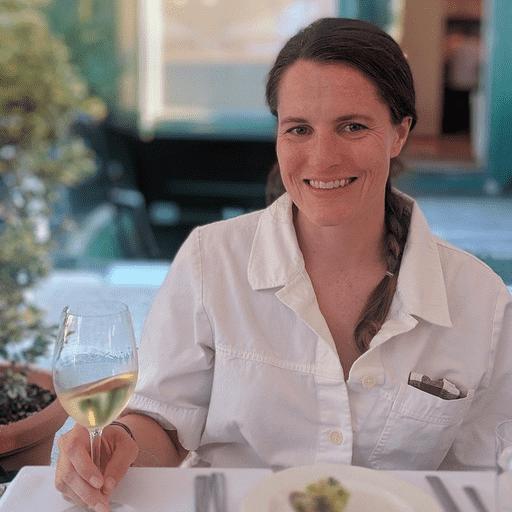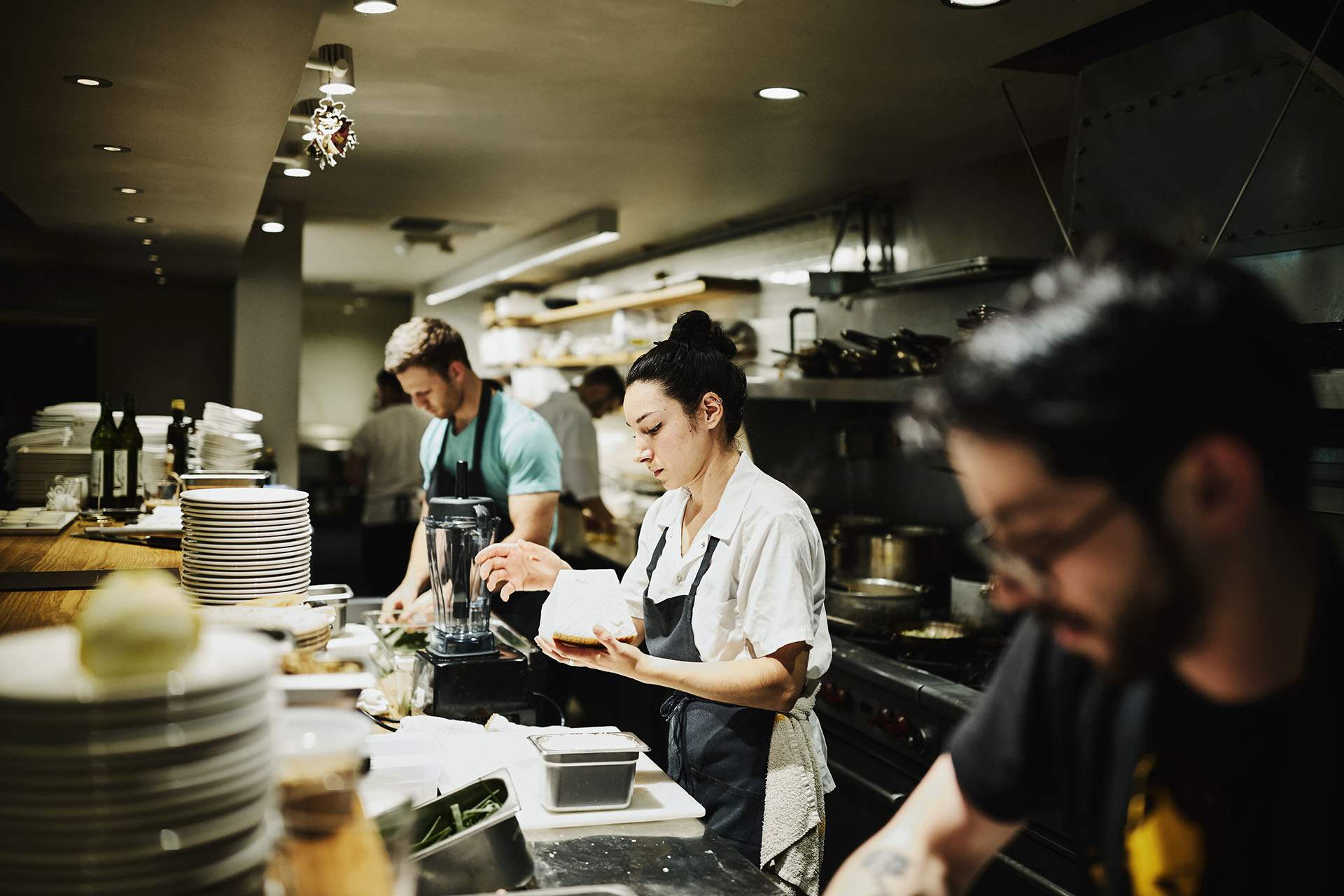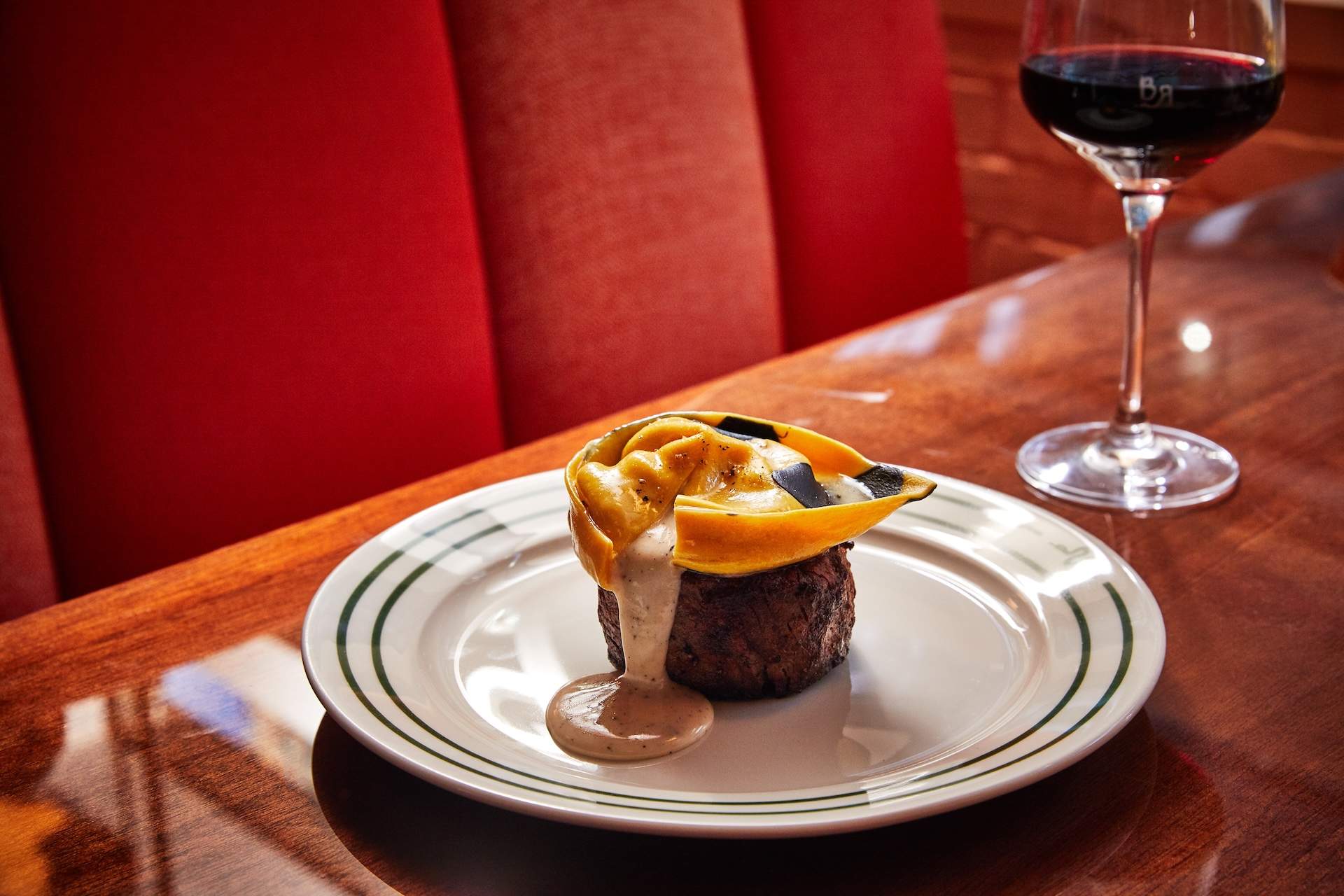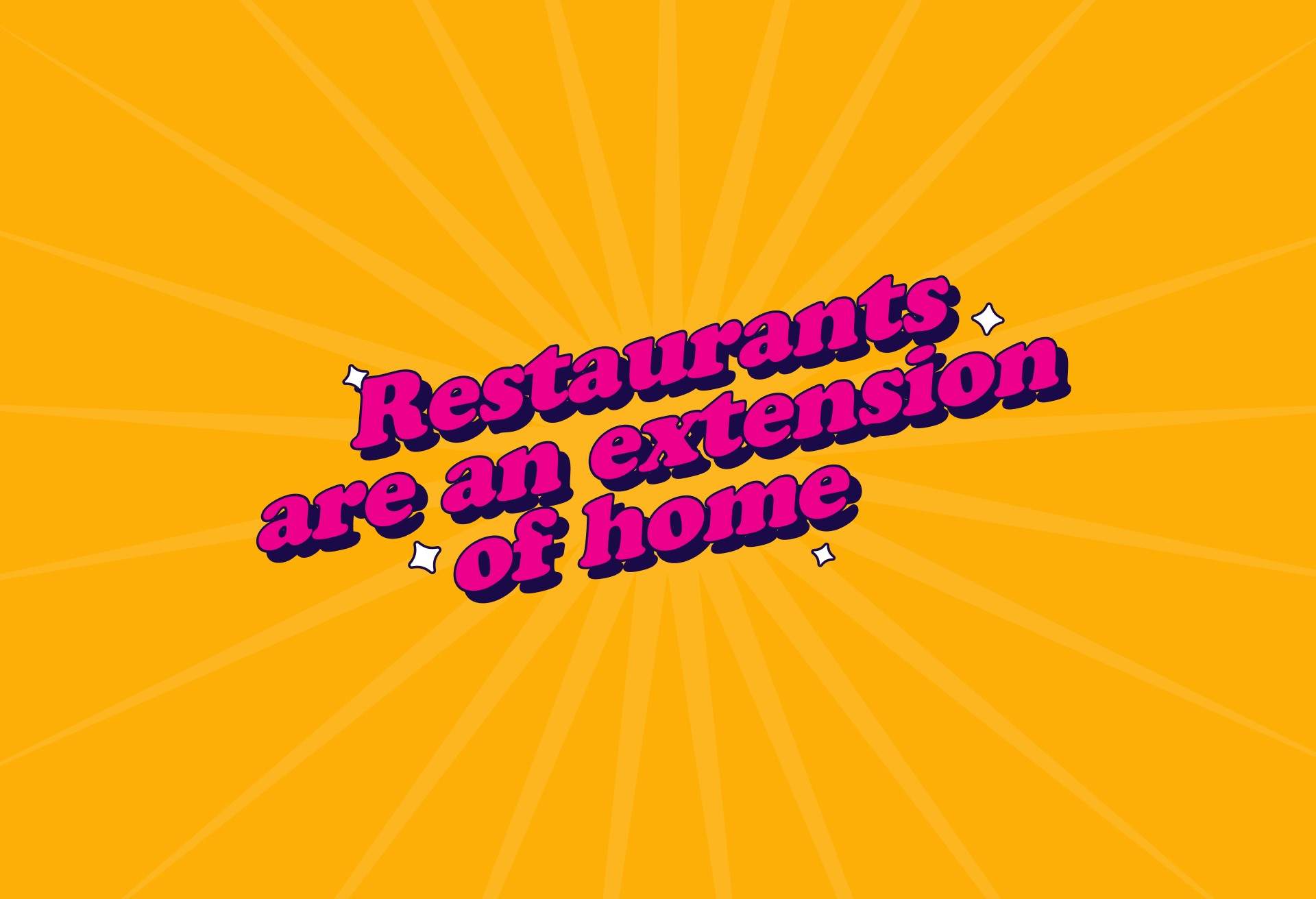One unexpected outcome of the past few years is that the average diner probably knows more about how restaurants operate than they did pre-pandemic. Pivots between dining models, staffing shortages, and increasing food costs brought the challenges to light, and diners became more invested than ever in learning how to help their favorite spots survive.
Another silver lining? Forward-thinking restaurateurs are more focused on building sustainable business models, and what’s emerging is a much healthier approach to building a business that’s community-minded and gives diners even more ways to connect with the restaurants they love.
There are experimental ways to raise money, new reward programs, and more innovations affecting the way restaurants run and, ultimately, people dine. Here’s a look at what the future holds.
Diner-driven investment
When Alex Burch set out to fund his wine bar Bad Idea, the former wine director for Nashville hotspots Bastion and Henrietta Red knew that he wanted to get the passionate local dining community involved. So he

turned to WeFunder, an SEC-regulated investment platform that gives people the ability to invest in local companies with as little as $100—an opportunity previously reserved for the wealthy.
“We have 150 investors right now. It immediately builds some connection to the restaurant.” says Burch. “We’re going to open with 150 regulars.”
Most people know by now that restaurants are not high-margin businesses—the cost of staffing, ingredients, and rent add up quickly. Start-up costs are even higher, and most restaurateurs either incur enormous amounts of debt to realize their dreams or take on investors and give up portions of ownership and, subsequently, decision-making power.
“(With WeFunder), I was able to draw up my own terms and put it out there. With the way it’s structured, that leaves 100% creative control,” Burch says. And with a connection to the community built-in to the business model, restaurateurs have more freedom to focus on what diners actually want from the restaurant versus what investors are looking for.
Day-to-night dining
The hybrid restaurant space is one pandemic holdover to be grateful for. Rather than a single space closed during the day and open solely for dinner, operators are adding more revenue streams to their business and giving diners a community-minded space that goes beyond a spot to sit down for a meal every few weeks.
Restaurants that had the luxury of opening after the shutdowns have built this in from the get-go, such as LA’s Yangban. You could stop by this award-winning Korean-American spot for a proper sit-down meal one night, then return to grab some prepared food from the deli the next day, and swing by later in the week to grab Korean snacks or a gift made by a local artisan at the mini mart.
Similarly, at Officina at The Wharf in Washington, DC’s Wharf, diners try food from one of DC’s top chefs at different price points and different times of day. A café serves pastries and coffee in the morning, or people can stop by lunch. Even dining at home is encouraged, with a full wine shop and butcher counter offering restaurant-quality selections to take away.
This format not only gives restaurants multiple revenue streams and helps pad against future disruptions, but it also opens the restaurant up to a larger community of diners, offering a variety of price points and ways to dine.
New reward models
From subscription models to dining credits, companies and restaurants are trying to create a two-way street to help provide upfront revenue for restaurants while giving diners more bang for their buck.
InKind has pioneered this model, giving restaurants a way to access cash when they need it by selling dining credits to hungry diners. Anyone can purchase credits on the InKind app, which often carry a little bonus, like $110 worth of food for $99 that can be spent across multiple restaurants or at a single spot. It’s a win/win: Restaurants can access money without taking on bank debt, and diners get a little bit more bang for their buck (along with a good excuse to try a new spot!).
The humble loyalty program is also back in the news, with places like Starbucks experimenting with NFTs and other high tech ways of bringing people back again and again. Others such as McLoone’s in New Jersey are offering a loyalty card that doesn’t take a tech expert to understand—you simply earn more points the more you dine across any restaurant in the company, whether it’s brunch at The Rum Runner or happy hour at Iron Whale.
Only time will tell which models are here to stay, but one thing’s for sure: If it means that the industry is stronger and our favorite spots are here for a good time AND a long time, it’s worth exploring.




